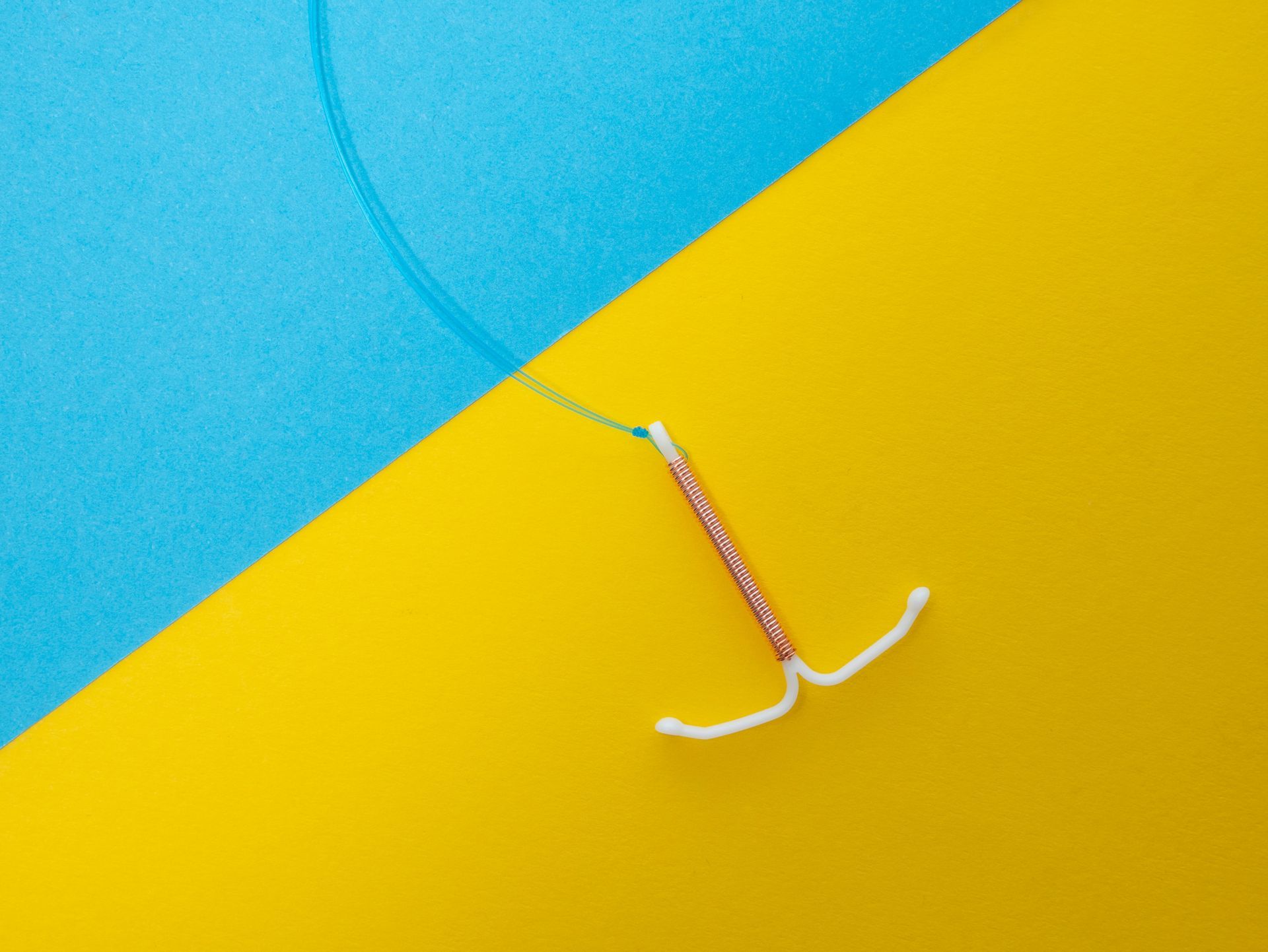What side effects should I expect with a non-hormonal Flexi-T IUD?
Many women decide to use a non-hormonal IUD because there are fewer side effects. But, of course, fewer isn’t the same thing as no side effects.
Making healthcare choices involves weighing the pros and cons of each option. That is true for birth control, too. By far, non-hormonal IUDs like Flexi-T offer the lowest risk of pregnancy and side effects.
What Is a Non-Hormonal IUD?
A non-hormonal IUD offers the advantages of an IUD device but without the risks that come with some types of birth control. Hormonal IUDs rely on the same synthetic hormones found in birth control pills, patches, and injections. These hormones stop ovulation but come with uncomfortable side effects like mood changes, weight gain, and headaches.
Non-hormonal IUDs work differently. They have copper coils on them. Copper acts like a natural spermicide. The copper creates an environment inside the uterus that sperm cannot tolerate. You continue to ovulate with this form of birth control, but since sperm will not enter the uterus, there is little risk of ovulation.
What Are the Advantages of a Non-Hormonal IUD?
An IUD is a popular birth control form because it offers years of protection and is one of the most effective contraceptives. An IUD can last five years and is over 99 percent effective. That means only 1 percent of women who use one get pregnant.
Compare that to other forms of contraceptives:
- Birth control shot – 96 percent effective
- Birth control vaginal ring – 93 percent effective
- Birth control patch – 93 percent effective
- Birth control pill – 93 percent effective
A non-hormonal IUD has an added benefit – you do nothing once it is in place. You see a healthcare professional to have the IUD inserted and then go about your life like it isn’t there. There is no pill to take or ring to put in place.
A copper IUD is also a form of emergency contraception. Because this IUD doesn’t rely on hormones, it starts to protect you as soon as it is in place and will protect you retroactively as long as it is within five days. In other words, if you had unprotected sex, you have five days to get the IUD in place to stop a potential pregnancy.
What Are the Disadvantages of a Non-Hormonal IUD?
One of the potential copper IUD side effects of a non-hormonal IUD is that it may make periods heavier and last longer. It’s not clear why this happens, but one theory is that the IUD affects the arteries in the uterus, increasing blood flow. Some women have minor spotting for a few months.
Some women also experience cramps during the insertion of the IUD and for several months. The IUD can initially irritate the uterus, a muscular organ. When you irritate muscle, it contracts, causing cramps. However, the side effects for most women decline over time because the body becomes accustomed to the device.
Risks With a Non-Hormonal IUD
Most women do well with a non-hormonal IUD, but there are some risks. They include:
- Perforation – There are rare cases of the IUD pushing through the uterus and perforating it
- Expulsion – The IUD can come out. It may also move down and partially exit the vagina.
- Pregnancy – One percent of women will get pregnant despite using a non-hormonal IUD
- Infection – There have been pelvic inflammatory disease (PID) cases with IUD use.
Most of these risks are rare.
Who Should Not Use a Non-Hormonal IUD?
Not everyone is a candidate for a non-hormonal IUD, although most tolerate it well. Your healthcare provider can help you choose the right form of birth control based on your medical history.
Some conditions that might make this the wrong choice include women who have:
- A current or recent STD
- A current or recent pelvic or uterine infection
- Pelvic infections within the last three months
- Cervical or uterine cancer that remains untreated
- Uterine defects
- A copper allergy
- Wilson’s disease
- Unexplained vaginal bleeding
Your healthcare provider will take a complete medical history before approving you for this form of contraception.
What To Expect From a Non-Hormonal IUD
The IUD is put inside the uterus by a healthcare professional. They will first take a medical history and make sure the IUD is right for you. They will also perform a pelvic exam to ensure the cervix and uterus are healthy. Then, with a speculum in place, the professional will insert the IUD using a special tool.
During the insertion, you may feel some cramping. If necessary, the healthcare provider can use local anesthesia to make you more comfortable. The procedure takes just a few minutes, but the staff may have to stay for a while to ensure everything is fine.
You can return to normal activities after insertion, but many women experience cramping and minor irregular bleeding after the IUD is in place. So it might be better to plan a day of rest.
Find out more about copper IUD Canada by visiting the Flexi-T website today.













